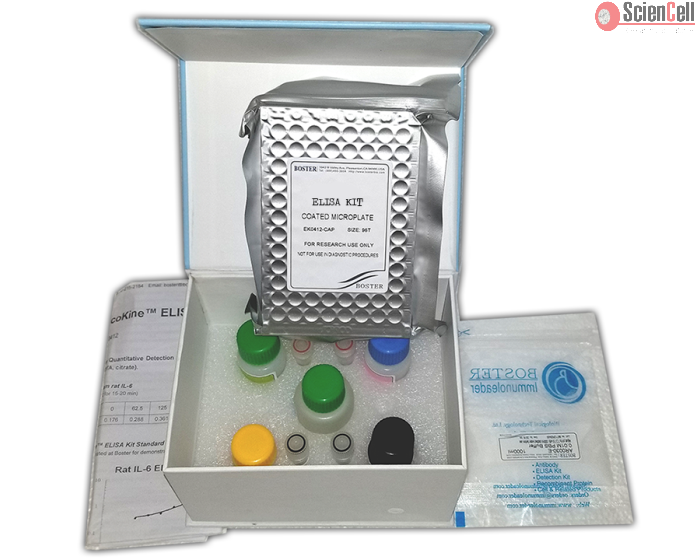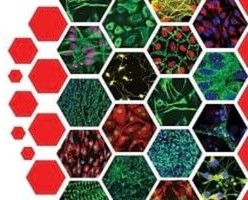Human Fibronectin ELISA Kit
Catalog No.
EK0349
For quantitative detection of human Fibronectin in serum, plasma, body fluids, tissue lysates or cell culture supernatants
$519.00
Out of stock

